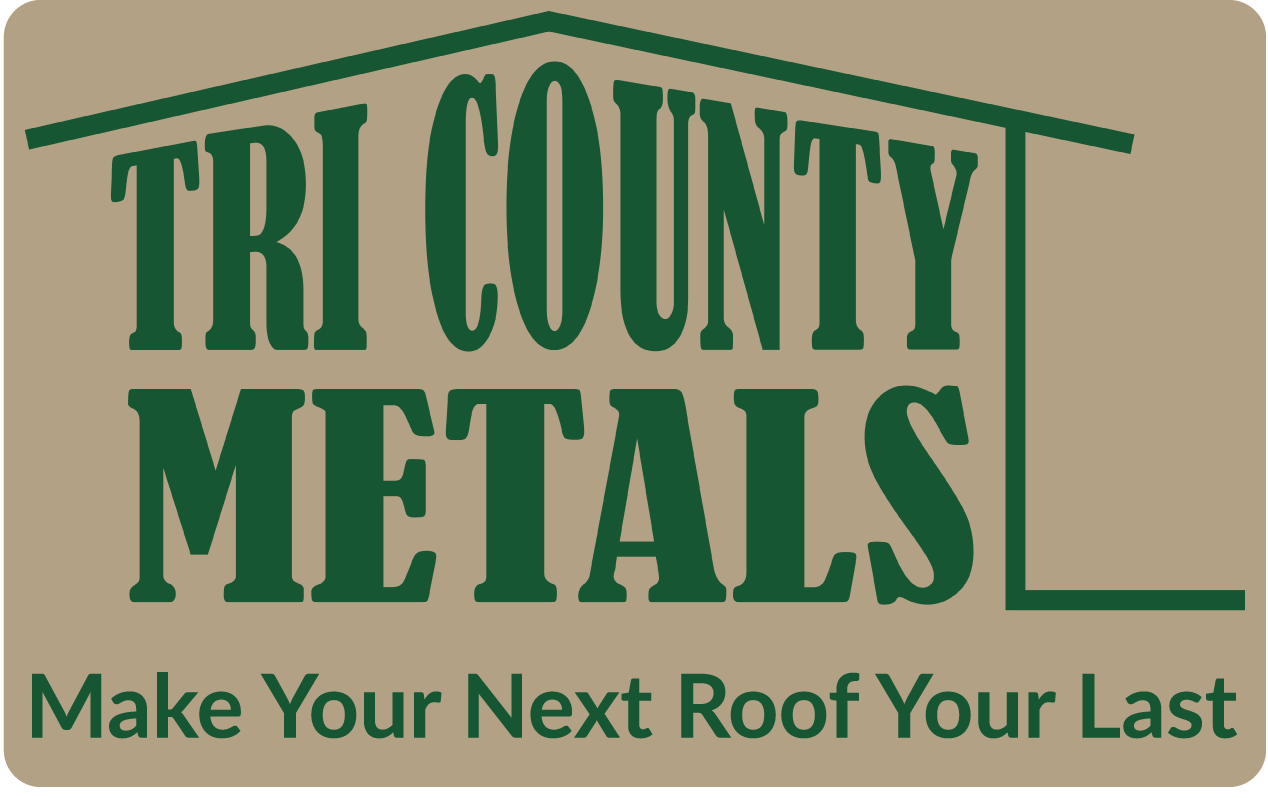Metal roofs are made of copper, tin, aluminum, and steel. With these options, narrowing down to the best metal roofing for your building can be a little confusing.
Each metal roof has its own pros and cons; copper Galvalume® panels are highly durable, soft and have low melting temperatures. Aluminum too is durable and resistant to salt and water corrosion.
So which way to go? Steel has many options including corten and Galvalume®, while Aluminum has its own options and benefits. Read on to explore why aluminum and galvanized steel are better metal roofing options for your structure.
Aluminum Metal Roofing
Aluminum's resistance to salt corrosion and rust is the reason why people in the coastal region choose it over other metal roofs.
Interestingly, aluminum is a highly active metal. So, it readily reacts with atmospheric pressure. As a result of aluminum's reaction with atmospheric oxygen, an aluminum oxide layer appears.
The aluminum oxide layer seals the metal’s inner layers. the aluminum tile, its shake panels, and vertical seam, from future corrosion to maintain your roof’s beauty years later.
Aluminum roofs also give you options, so you can choose an aluminum metal roof that matches your design, style, and pattern. You can enjoy these options regardless of your climatic conditions and architectural styles. Aluminum roofs are also eco-friendly.
And you can enjoy these options regardless of your climatic conditions and architectural styles. Aluminum roofs are also eco-friendly.
Some other benefits is that painted aluminum metal roofs don't require regular maintenance, and the painted 032 Aluminum roofs are energy-efficient and fire-resistant.
You can enjoy a cool home despite hot external temperatures. Not to mention, aluminum roofs have strong wind resistance. They have a lightweight structure that gives them optimum structural integrity.
Steel Roofing
Steel roofing is appropriate for your residential and commercial structures. Its availability and recyclability make it a preferred roofing solution.
Steel is among the most recyclable materials when you’re looking for green building materials. Steel roofs also allow you to choose different steel types;
Galvalume Steel
Galvalume steel also comes from a mix of aluminum and zinc layers in the steel’s inner layer. It is highly corrosion resistant compared to galvanized steel.
It yields a smoother, smaller coppery look for an attractive advent. However, it is more vulnerable to cuts or scratches on the edges.
The AZ55 Galvalume, with an acrylic coated galvalume and mill finish, is a better option for galvalume steel. So, the thicker the AZ55, the more corrosion-resistant, safe and valuable your galvalume steel roof will be.
Weathering Steel
Weathering steel has an extra outer steel layer to protect the steel’s inner layer from weather effects, with the downside being that weathering steel is much more prone to rusting.
You could also use weathering steel on your roof if you’re prepared for regular maintenance to preserve its look. Above all, steel roofs are more flexible, durable and suitable for residential and commercial roofing purposes.
Components of the Layers of a Metal Roof
Metal Panels
Metal roofs have metal panels in sheets or coiled based on your design preferences. Yet, you should consider your environmental conditions while choosing a metal panel.
Cool panels are suitable for hot areas, and corrugated metal panels are better options for areas with regular hailstorms, while mechanical lock panels are ideal for areas that receive a lot of rain.
Clips and Fasteners
Fasteners include cleats, screws, bolts and nails. So, you can choose exposed or concealed fasteners based on your metal panel design.
Clips touch your building’s substrate. They secure metal pieces to each other.
Clips are ideal for use with standing seam panels. You can float or fix your clips for a beautiful, smooth, uninterrupted line.
Underlayment
Underlayment protects your metal roof against ice, extreme temperatures and moisture. You must have an underlayment under all your metal roofs.
Sealants
Sealants protect your home from moisture. They help seal out water, wind, dirt and other elements that may enter your spaces.
Trims
Trims add aesthetic value to your metal roof. They also help prevent moisture seepage into your home through panel joints.
Closures
Closures keep unwanted creatures from taking up residence in and through your structures roofing.
Other elements like soffit, valley, pitches, decking, ridges, eaves, flashing, fascias, hips, gables and drip edges are also critical to your metal roof.
Final Thoughts
Aluminum and steel are better metal roofing options due to their durability and eco-friendliness. Hopefully, this analysis will help you choose the best metal roof for your building. But, when you need professional assistance with metal roofs, contact us at Tri County Metals, we are more than happy to help you through the process of finding the perfect roof for your home or project.
